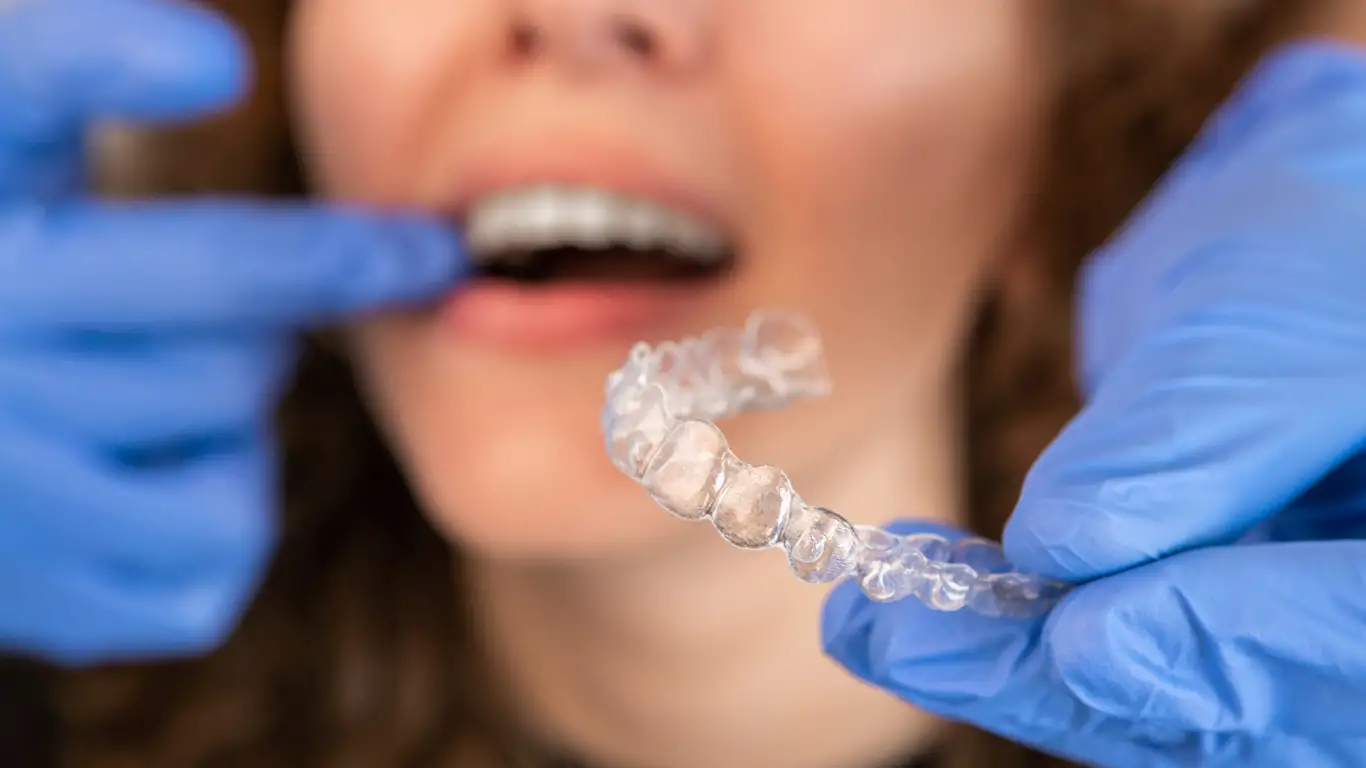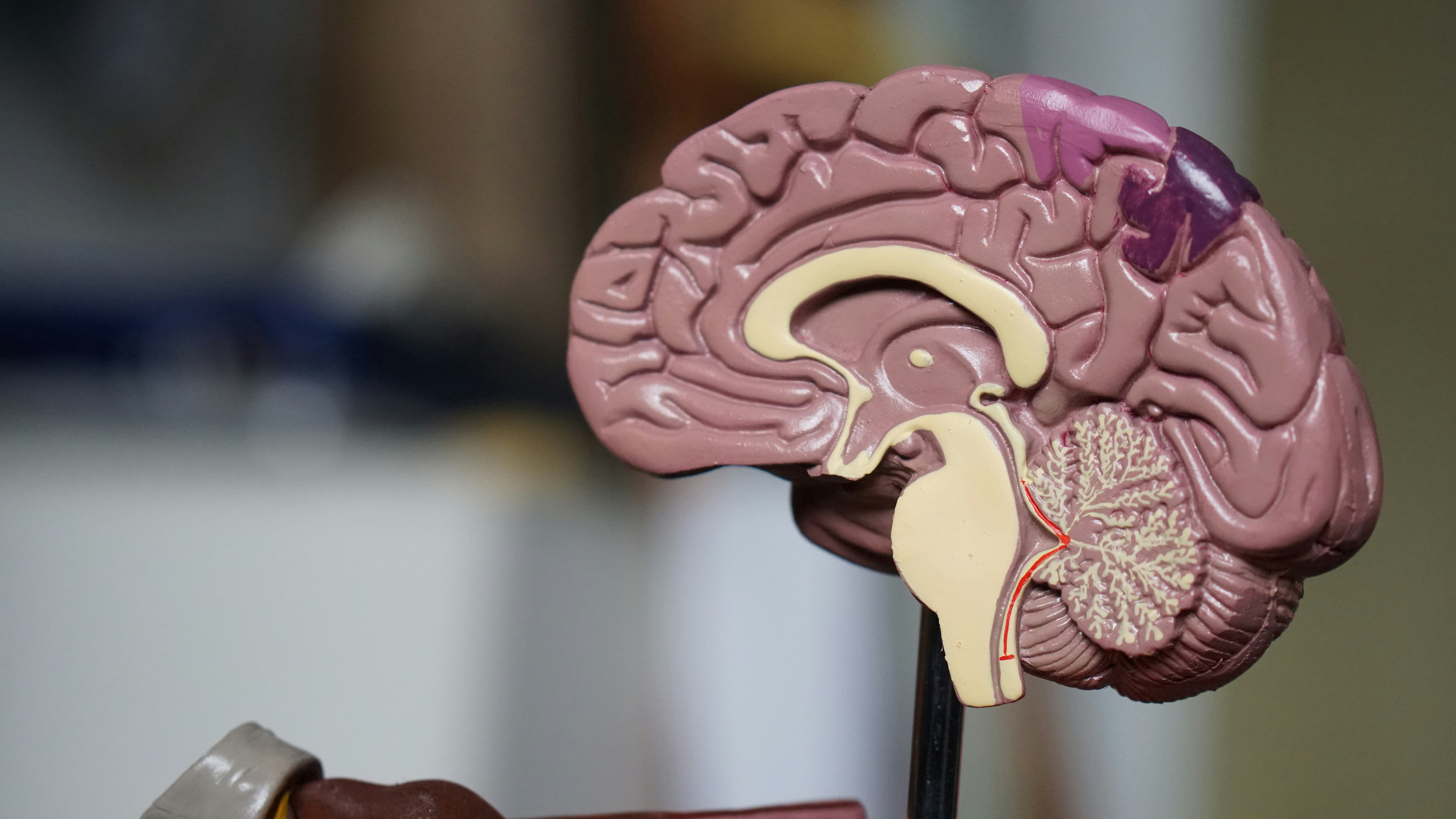Understanding Affordable Teeth Alignment Options and Modern Braces.
Teeth straightening is now more accessible than ever, thanks to advancements in orthodontic technology and a range of pricing options. From invisible aligners to traditional braces, individuals have multiple choices when looking for effective and affordable solutions.

Teeth alignment treatments have transformed dramatically over the past decade, making straighter smiles more accessible and comfortable for patients of all ages. The UK offers numerous options for those seeking to correct misaligned teeth, ranging from conventional braces to innovative clear aligner systems. While aesthetic considerations often drive people toward teeth straightening, proper alignment also contributes significantly to oral health by making teeth easier to clean and reducing the risk of decay and gum disease. Understanding the available options can help patients make informed decisions that balance effectiveness, comfort, affordability, and appearance.
Are there affordable options for teeth straightening in the UK?
The UK offers several cost-effective teeth straightening solutions to suit different budgets. The NHS provides free orthodontic treatment for qualifying children under 18 with clear clinical need, typically covering traditional metal braces. For adults and those seeking private treatment, several affordable alternatives exist. Metal braces remain the most economical option, typically ranging from £1,500 to £3,000 for a full treatment course. Self-ligating braces, which require fewer adjustment appointments, can offer value by reducing the number of dental visits needed.
Payment plans have also made teeth straightening more accessible, with many dental practices offering monthly payment options spreading the cost over the treatment duration. Some dental insurance plans provide partial coverage for orthodontic treatments, though usually with annual limits. Dental schools sometimes offer discounted treatment performed by supervised students in training, which can significantly reduce costs while still providing quality care. Additionally, some practices offer seasonal promotions or discounts for upfront payment, making treatment more affordable.
What are the different types of braces available today?
Modern orthodontics offers a diverse range of braces to suit various needs and preferences. Traditional metal braces remain widely used, consisting of stainless steel brackets bonded to teeth and connected by wires. These are the most cost-effective option and highly effective for complex corrections. Ceramic braces function similarly but feature tooth-colored or clear brackets that blend more naturally with teeth, making them less noticeable while providing comparable effectiveness to metal braces.
Self-ligating braces, available in both metal and ceramic versions, use specialized clips instead of elastic bands to hold the archwire, potentially reducing appointment frequency and treatment duration. Lingual braces offer a truly invisible option by attaching to the back surfaces of teeth, though they tend to be more expensive and may initially affect speech. For minor to moderate alignment issues, removable appliances like retainers or dental splints can provide gradual correction while being less invasive than fixed braces.
Technological advancements have also introduced computer-designed braces that offer customized treatment planning, potentially shortening treatment time and improving precision. Each type varies in visibility, comfort, maintenance requirements, and cost, allowing patients to choose based on their specific orthodontic needs, lifestyle considerations, and budget constraints.
How do clear aligners compare to traditional braces?
Clear aligners have revolutionized orthodontic treatment by offering a nearly invisible alternative to conventional braces. These custom-made, removable trays gradually shift teeth into alignment through a series of progressive adjustments. Unlike traditional braces, clear aligners can be removed for eating, drinking, and oral hygiene, eliminating dietary restrictions and simplifying cleaning. This removability, however, requires patient discipline to wear them for the recommended 20-22 hours daily.
Traditional braces generally provide more precise control for complex orthodontic issues, particularly vertical tooth movements and severe rotations that aligners may struggle with. Clear aligners excel at treating mild to moderate misalignments and are especially popular among adults concerned about their professional appearance. Treatment time varies based on complexity, but traditional braces typically require 18-24 months, while clear aligner treatment often ranges from 6-18 months for suitable cases.
Maintenance differences are significant—braces require careful cleaning around brackets and wires, while aligners need regular cleaning of both the trays and teeth before reinsertion. Comfort experiences differ too; braces may cause initial soreness and occasional irritation from wires, while aligners generally cause less irritation but produce pressure discomfort when changing to new trays. Cost-wise, clear aligners typically range from £1,800 to £5,500 in the UK, often comparable to ceramic braces but usually more expensive than traditional metal options.
What factors influence the cost of teeth straightening?
Multiple factors determine the final price of orthodontic treatment. The complexity and severity of the dental misalignment significantly impact cost—severe overcrowding, large gaps, or bite issues requiring longer treatment and more materials naturally increase expenses. The chosen treatment method also substantially affects pricing, with traditional metal braces typically being most affordable, ceramic braces commanding a premium for their aesthetic benefits, and lingual braces or premium clear aligner systems representing the higher end of the price spectrum.
The practitioner’s experience and qualification level influence fees, with specialist orthodontists typically charging more than general dentists offering orthodontic treatment. Geographic location plays a role too—practices in London and other major cities generally charge higher rates than those in smaller towns. Additional procedures like extractions, specialized imaging, or preparatory dental work before orthodontic treatment add to the overall cost.
Treatment duration directly affects pricing, with longer treatments requiring more appointments and adjustments. Some practices offer tiered pricing based on treatment complexity, with simpler cases costing less than comprehensive realignments. Aftercare requirements, including retainers (which may cost £100-£300 per set), should be factored into the total investment. Many practices offer free initial consultations to provide personalized cost estimates based on individual needs.
Comparison of teeth straightening options in the UK
| Treatment Type | Average Cost Range | Treatment Duration | Visibility | Best For |
|---|---|---|---|---|
| Metal Braces | £1,500-£3,000 | 18-24 months | Highly visible | Complex corrections, budget-conscious patients |
| Ceramic Braces | £2,000-£4,000 | 18-24 months | Less visible | Moderate to complex corrections with aesthetic concerns |
| Lingual Braces | £3,000-£10,000 | 18-24 months | Hidden | Complex corrections requiring invisible treatment |
| Clear Aligners (e.g., Invisalign) | £1,800-£5,500 | 6-18 months | Nearly invisible | Mild to moderate corrections, adults concerned with appearance |
| NHS Treatment (under 18) | Free (if eligible) | Varies | Typically metal braces | Qualifying children with clinical need |
| Dental Splints | £400-£1,000 | 3-12 months | Moderately visible | Minor corrections, night grinding, TMJ issues |
Prices, rates, or cost estimates mentioned in this article are based on the latest available information but may change over time. Independent research is advised before making financial decisions.
When considering teeth straightening options, affordability must be balanced with suitability for your specific dental needs. While traditional metal braces remain the most economical and versatile option, technological advances have made alternatives like ceramic braces and clear aligners increasingly accessible. For those with limited budgets, exploring NHS eligibility (for under-18s), dental schools, payment plans, or dental discount plans can help manage costs. Some dental practices also offer free consultations where personalized treatment plans and accurate cost estimates can be provided based on individual requirements.
Teeth alignment is an investment in both oral health and confidence. The wide range of options available today means most people can find a solution that fits their budget while addressing their orthodontic needs. Whether choosing traditional braces for their cost-effectiveness and reliability or opting for more discreet options like clear aligners, understanding the complete picture of costs, treatment duration, and expected results helps ensure satisfaction with the final outcome. Regular consultations with dental professionals remain the best way to determine which option will provide the optimal balance of affordability and effectiveness for your specific situation.
This article is for informational purposes only and should not be considered medical advice. Please consult a qualified healthcare professional for personalized guidance and treatment.




